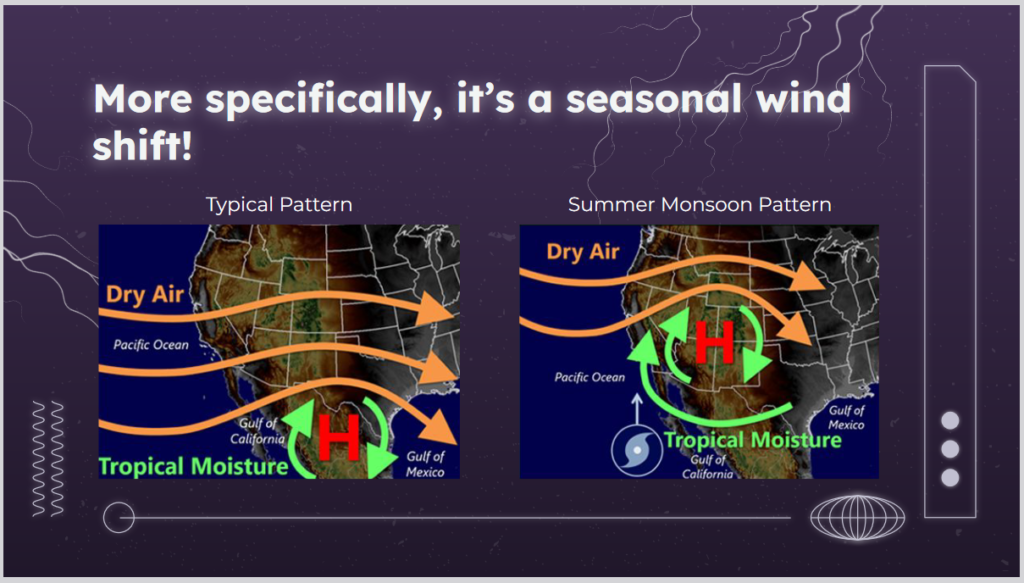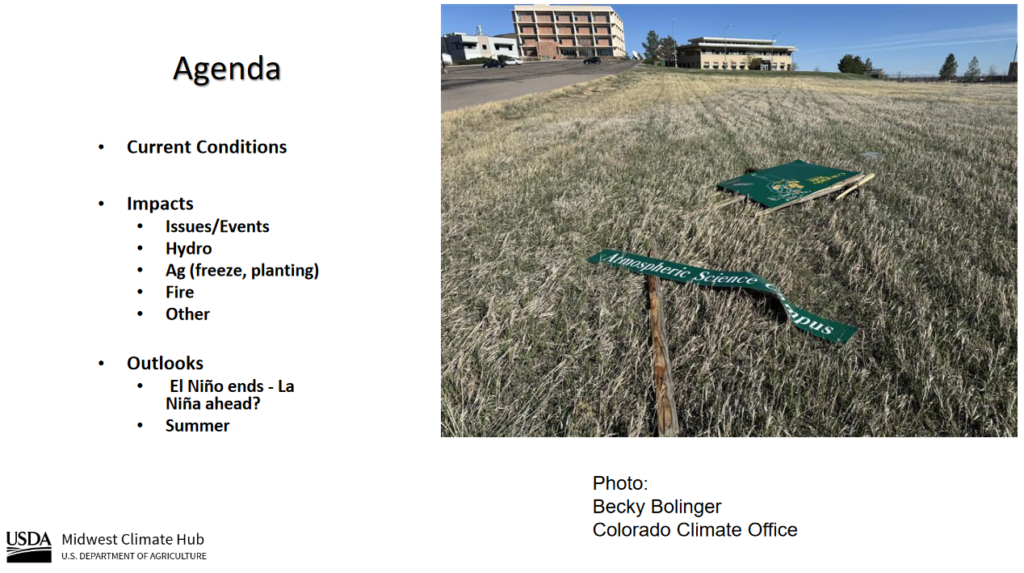Short Range Forecast Discussion
NWS Weather Prediction Center College Park MD
Thu Apr 25 2024
Valid 12Z Thu Apr 25 2024 – 12Z Sat Apr 27 2024
…Unsettled weather and severe thunderstorm chances will continue to
expand across much of the central United States over the next several
days…
…Increasing risk of flash flooding across parts of central and eastern
Oklahoma Saturday night…
…Active fire weather pattern to emerge over the southern High Plains
today…
An increasingly active weather pattern is beginning to unfold across the
mid-section of the Nation as an upper-level trough from the subtropical
eastern Pacific nears Baja California and the Southwest. This trough is
expected to interact with warm and moist air returning from the Gulf of
Mexico and produce an expanding area of showers and thunderstorms
gradually lifting north of a warm front. The initial stages of
rain/thunderstorm formation are setting up across the central Plains early
this morning. A greater severe weather threat is expected to expand across
the central Plains this afternoon as a surface cyclone rapidly deepens in
eastern Colorado in response to the approaching upper level trough. The
aforementioned warm front is expected to continue lifting northward while
a High Plains dryline pushes east. This environment is anticipated to
produce numerous thunderstorms across the central and southern Plains,
with scattered storms turning severe. The Storm Prediction Center has
issued an Enhanced Risk (level 3/5) for severe weather across parts of
western Kansas and Oklahoma into the eastern Texas Panhandle and northwest
Texas. Very large hail, severe wind gusts, and a couple strong tornadoes
will all be possible. Multiple rounds of heavy rain could also lead to
scattered flash flooding, which has prompted a Slight Risk (level 2/4) of
Excessive Rainfall across parts of northeast Oklahoma, eastern Kansas,
southwest Missouri, and northwest Arkansas. By Friday, the low pressure
system is forecast to deepen and slide northeast across the central Plains
before eventually reaching the upper Midwest on Saturday morning. This
will spread shower and thunderstorm chances eastward into the upper
Midwest, mid- and lower Mississippi Valley, as well as the southern
Plains. The greatest severe weather threat to end the week is forecast
across parts of the central Plains and mid-Mississippi Valley, where an
Enhanced Risk of severe weather includes parts of southwest Iowa,
southeast Nebraska, northeast Kansas, and northwest Missouri. This severe
weather threat includes the possibility of a few tornadoes, large to very
large hail, and damaging winds. Isolated to scattered instances of flash
flooding are also possible across much of the Mississippi Valley into the
southern Plains on Friday.
No breaks from Mother Nature to start the weekend as another round of
severe weather and possibly a dangerous flash flood threat impacts parts
of the central/southern Plains. After the initial system progresses into
the Upper Great Lakes, a lingering frontal boundary is expected to stretch
into the central Plains on Saturday, along with a southern High Plains
dryline. Meanwhile, the western U.S. trough is anticipated to reload due
to an approaching shortwave from the northeast Pacific. This setup is
forecast to produce another round of strong to severe storms Saturday
evening, with several thunderstorms expected to move slowly over parts of
central and eastern Oklahoma. This creates a situation likely to lead to
numerous instances of flash flooding and is highlighted by a Moderate Risk
(level 3/4) for Excessive Rainfall, with a Slight Risk spanning from
north-central Texas to southern Iowa. Residents and visitors across the
central U.S. over the next several days are urged to remain weather aware,
have multiple ways to receive warnings, and never drive across flooded
roads.
Behind the dryline across the southern High Plains, the combination of
very low relative humidity and gusty winds are expected to raise fire
danger to critical level through this weekend. Any fires that develop will
likely spread rapidly. Outdoor burning is not recommended. Additionally,
gusty winds up to 60 mph could lead to areas of blowing dust.
Elsewhere, unsettled weather is expected to persist over the West, Great
Basin, and Rockies over the next few days with the passage of the upper
trough. Precipiation is expected to remain mostly light, with embedded
downpours and high-elevation heavy snow by Friday across the Rockies. The
Northwest should be the wettest region across the West as a Pacific low
pressure system moves onshore. The Coastal Ranges as well as the Cascades
could receive a couple of inches of rainfall with heavy wet snow possible
across the higher elevations. This active weather will also accompany a
cooling trend throughout the West in contrast to the recent spring warmth
across the region. Chilly weather is also forecast across the Northeast
and Mid-Atlantic through the end of the week as high pressure builds
southward from Canada. Low temperatures could dip below freezing on this
morning and have prompted Freeze Warnings and Frost Advisories to be
issued from the Midwest to southern New England. Most of the above average
warmth will be found throughout the Plains outside of areas experiencing
prolonged periods of rainfall, with highs into the 80s remaining across
the Southern Tier States into Friday. Above average warmth will also begin
to spread eastward into the Midwest, Great Lakes, and Ohio Valley by
Saturday with highs into the upper 70s and low 80s.



















